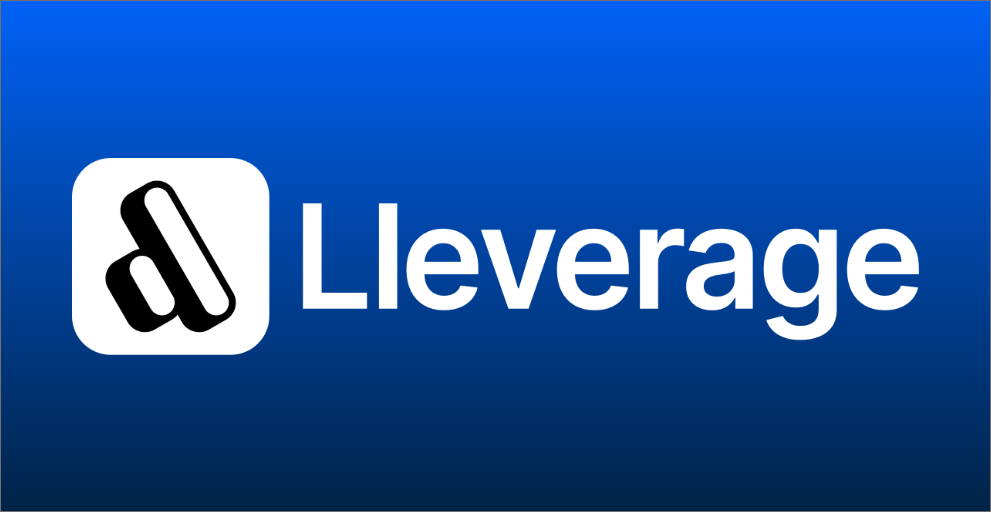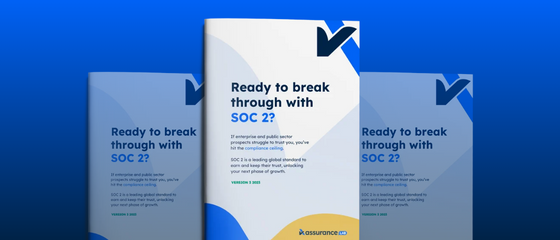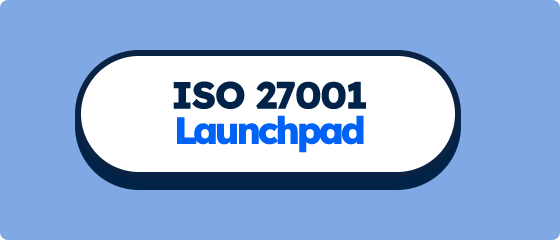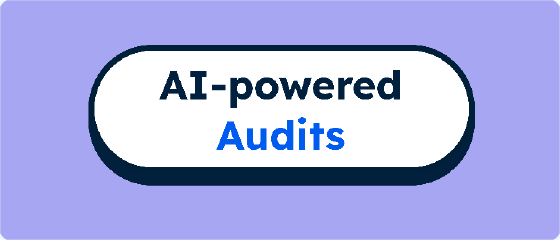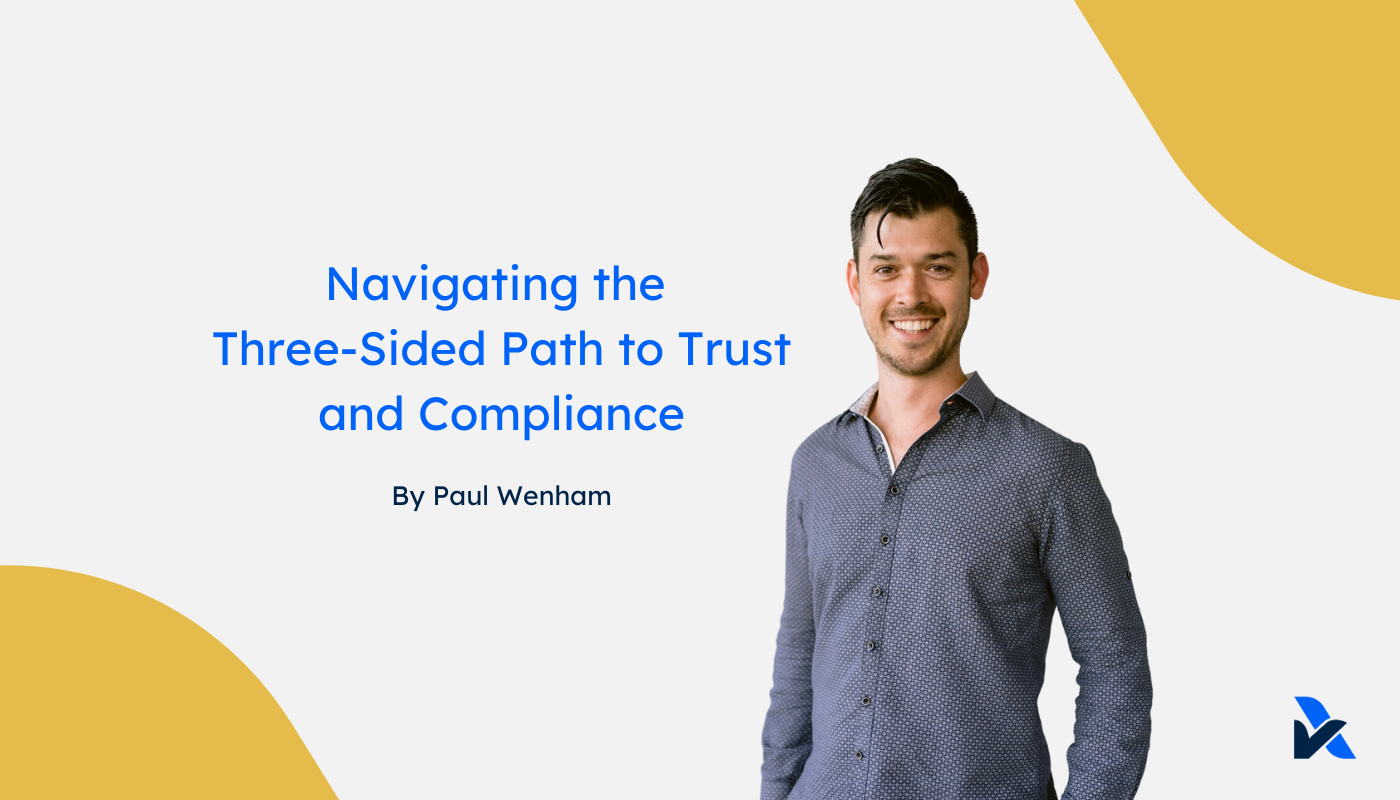
Navigating the Three-Sided Path to Trust and Compliance
When businesses look to achieve compliance and build trust, a three-sided relationship between the business entity, advisors and audits occurs. This relationship is built on the common goal of achieving compliance and building trust for the business.
When businesses look to achieve compliance and build trust, a three-sided relationship between the business entity, advisors and audits occurs. This relationship is built on the common goal of achieving compliance and building trust for the business. In this article, we dive into the intricacies of this relationship and how all three parties can work together to create a path of compliance underpinned by trust.
The Three Sides of the Triangle
Businesses: seeking to gain trust and enter the next
stage of growth
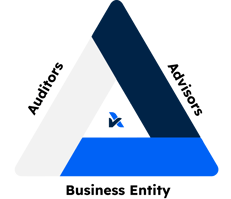 Businesses are ultimately driven by the pursuit of growth and profitability. These aspects as well as foraging partnerships and maintaining a positive brand reputation are backed by the business's ability to satisfy the multifaceted expectations of its stakeholders. By adhering to compliance frameworks, businesses not only foster trust with their customers but also align themselves with the values that define a responsible and forward-thinking corporate landscape.
Businesses are ultimately driven by the pursuit of growth and profitability. These aspects as well as foraging partnerships and maintaining a positive brand reputation are backed by the business's ability to satisfy the multifaceted expectations of its stakeholders. By adhering to compliance frameworks, businesses not only foster trust with their customers but also align themselves with the values that define a responsible and forward-thinking corporate landscape.
Advisors: guiding the path to compliance
Advisors range from consulting firms to strategic partners, but they all play an integral role in a business journey to compliance. With expertise across many industries and regulations, they guide businesses through the world of frameworks and standards. Advisors serve as the bridge between aspirations and implementation, facilitating the translation of compliance requirements into actionable strategies. Their role includes ensuring a seamless alignment between business objectives and regulatory demands.
Auditors: verifying trust and compliance
Auditors are the independent third piece in the compliance journey that provides transparency and integrity throughout the process. With the responsibility of verifying adherence to frameworks, auditors review practices, processes and outcomes to ascertain whether a business meets the requirements of the chosen framework or standard. Their objective assessments provide stakeholders with evidence that a business's proceedings are secure and based on trust.
A Shared Goal with Distinct Motivations
The three-sided relationship has the common goal of ensuring the business achieves compliance, although this shared goal often has differing motivations to get there.
Businesses: growth and reputation
For businesses, compliance translates into growth. It enables them to attract partners, win contracts and reassure customers that their operations are secure and ethical. While pursuing compliance may involve time and monetary investments, it provides returns in the form of revenue, growth and enhanced brand reputation.
Advisors: knowledge and partnership
Advisors derive their purpose from guiding businesses toward compliance and trust. Their expertise, coupled with their vast understanding of regulatory nuances, means they are critical in the compliance process. By partnering with businesses, advisors forge a collaborative journey toward a future founded on integrity and responsible conduct.
Auditors: accountability and assurance
Auditors uphold the critical role of reviewing and signing off on evidence related to the framework. At the end of the day, it is the auditor that will deem a business compliant or not. Their objective evaluations provide the stamp of authenticity, assuring stakeholders that businesses stand by their commitments. The certification that auditors provide not only shows compliance but also provides trust and validates a business’s efforts in their commitment to responsible conduct.
An Expanding Network of Trust
The complexity of this relationship amplifies as supply chains grow. As the chain of relationships expands, suppliers and partners become entwined in the web of compliance and trust. The dynamics of this relationship is replicated as the fourth, fifth, and nth parties become integral players in the ongoing mission to enhance compliance and reinforce trust.
Conclusion: The Triad's Triumph
The three-sided relationships are the catalyst for progress. Businesses, advisors and auditors pave a path toward a future defined by ethical conduct, transparency and lasting trust. As they navigate the challenges and opportunities inherent when three different parties come together, these stakeholders play a pivotal role in shaping a world where compliance and trust form the basis upon which innovation and progress thrive.
Read more in this series below and keep an eye out as we delve deeper into the symbiotic relationship between compliance and trust:
- Unlocking trust through compliance metadata
- The future of trust: how compliance paves the path forward
- The cycle of trust: from public concerns to industry adoption
- Navigating the three-sided path to trust and compliance
- Bridging the gap: unifying compliance language across the trust triangle
- Collaboration vs competition in an ever-changing compliance landscape
- The power of using compliance metadata
- The evolution of compliance frameworks
